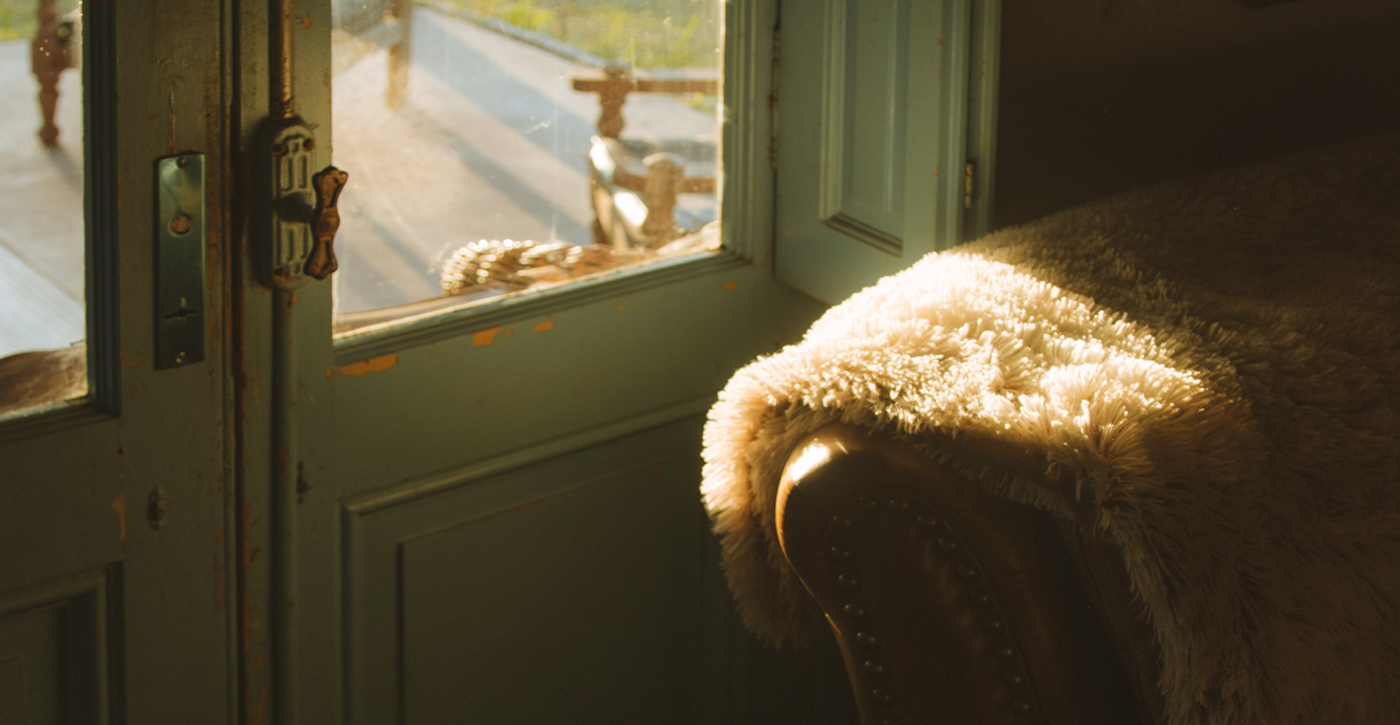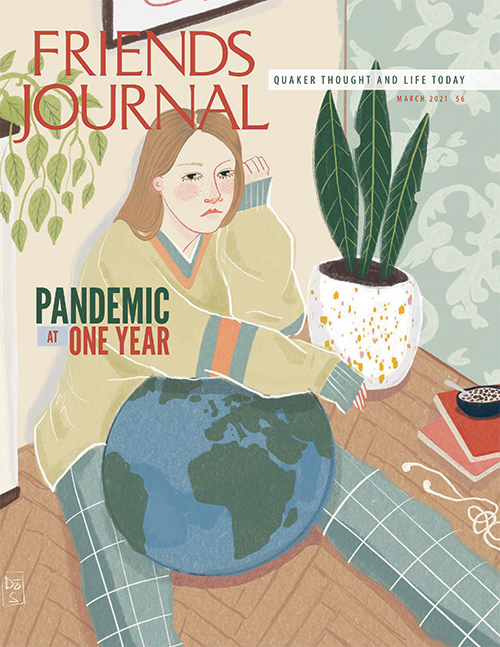Cultivating Inner Peace and Kindness
These days many of us are living with despair. Some have lost loved ones to COVID-19. Many have been laid off from work and have no income. Disenfranchised by race and gender, many lose hope or become enraged. The Dalai Lama says that only as more and more people find inner peace can there be world peace. To develop inner peace then is a great personal task for each of us as well as a serious community task. Our small, personal efforts might tip the scale and bring about that critical mass that promotes a fundamental change of consciousness. What each of us does matters more than we know when it comes to the ache in the world.
This way of working came to me through two different influences. The first is my understanding as a psychotherapist that everyone has many aspects or parts that have to find some way to be in one skin. Sometimes these aspects are in conflict, and we project on others the inner conflicts we have not resolved. For many it seems far easier to blame and judge than to take up the work of inner truth-telling and reconciliation. The psychology work of Carl Jung, Roberto Assagioli, Richard Schwartz, Hal Stone, and many more address the issue of un-reconciled parts and how to work with them.
The other influence has come through sitting many Sunday mornings in the silence of a Quaker meeting. These influences have led me to a way that I have found very helpful.
Aristotle said that the soul never thinks without an image. In fact, images are a way of thinking. An image can convey a great deal—hence the saying: “A picture is worth a thousand words.” I would add that a realized, integrated feeling is worth a thousand pictures. Ultimately inner peace is a state of being—not a thought and not a picture. It is embodied grace.
First, let’s start with the image. Imagine a house (this can be any house your mind creates). In this house you sleep, eat, answer the phone, pay the bills, and do all the things necessary to conduct your personal life. Let us agree that the house stands as an image for all the details of your ordinary life. Built into this house is what I like to call a “soularium”: a place for the soul to just be. Doors lead from the soularium into the world where you work and engage with the larger community. The soularium is a liminal place—an in-between space.
One way to cultivate inner peace and self kindness is to find a comfortable spot in the soularium and to allow that innocent, essential aspect we each have and are—the essence of self that is aware—to sit down and rest, hear the living water in the fountain that is there, and bask in light. I call it Spirit bathing.
Now usually when we stop to rest, all kinds of things we have not attended to crop up—from unfinished business on the “have to” lists to heavier concerns such as sorrows, angers, regrets, dreads, and worries. Let’s call those our parts. The moment such a part shows up we can give it a cozy spot in the soularium (which, by the way, can expand infinitely). If it is a troublesome part, we can imagine putting it out of sight near a big potted palm, behind us, or somewhere it can be present without judgment. The main thing we are doing is inviting our parts to come and rest also. We are not favoring one over another, nor shutting any one out. This is very much in the Quaker spirit. With this attitude we train ourselves to have the confidence that Light, or Spirit, will reach those disgruntled parts without our having to attend them with more than courteous inclusion. As more aspects show up, we simply give them a seat but no further attention. We let Light and the burbling fountain take care of them as we go deeper and deeper into a state of trust and rest in the center of it all.
It has happened to me that in participating in this image, a sense of gathering happens much like the descending of a deeper silence—that substantial something that occurs in Quaker meetings. This phenomenon, when it happens in a meeting for worship, is called a gathered meeting. No word or thought or action produces this. It occurs from an imageless place and is a state of grace.
When this way is practiced frequently, a path is worn to the soularium door. We go there straight away when disturbed or as soon as we possibly can after inner turbulence is detected. It is much like when deer walk the same way over and over on the forest floor to a water source—habitual and life-giving. Practicing this way creates an inner path so we can easily find that sanctuary where many disparate things can be true and accepted without polarization or a need to distance or to fix. We can just be in the midst of it all. It is a way of practicing individually what is needed communally.
It has been my experience that in time I do not need the image of the soularium. I simply place myself in a diffuse, light-filled center. If the going is tough, I try to hear a fountain and not the conflicts. I ask that all of it (whatever that is at the time) be placed in Light.
This way of practice has helped me a great deal, and I offer it here in the hopes that it might be of use to others as well. Please remember that you do not have to own a construction company or get a degree in architecture to build a soularium. May peace embrace your whole being.




Thank you, Gunilla, for an inspirational and practical guide to peace. For me, this is meaningful;
Philippians 4:6
“The Lord is Near! Do not be anxious about anything. Instead, in every situation with prayer and petition with thanksgiving, tell your requests to God. And the peace that surpasses all understanding will guard your hearts and minds in Christ Jesus.”